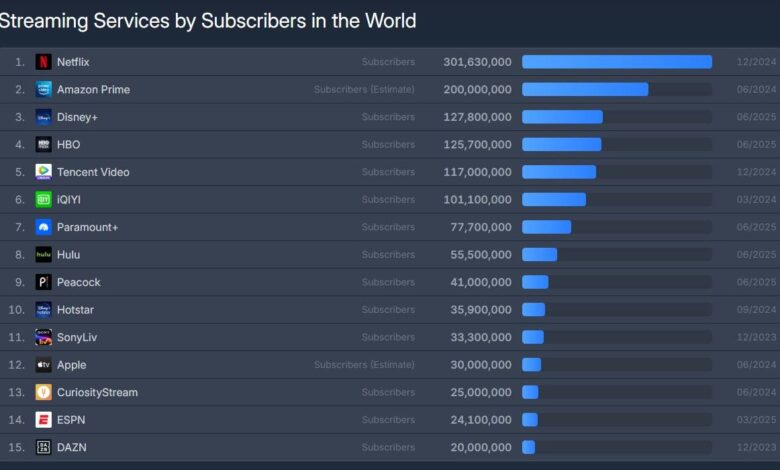Apple TV+ Subscribers Exceed 45 Million, Showing Significant Growth.

Apple TV+ Subscriber Growth Exceeds Expectations Despite Price Hikes
Apple’s video streaming service, Apple TV+, has demonstrated robust subscriber growth despite multiple price increases over its operational lifespan. While specific subscriber numbers remain undisclosed, recent commentary from Apple executives suggests a user base exceeding previous estimates.
Eddy Cue, Senior Vice President of Services at Apple, revealed on the Hollywood-focused podcast The Town that Apple TV+ boasts a subscriber count “significantly more than” the previously rumored figure of 45 million. Cue refrained from providing an exact number, leaving the precise scale of the service’s success subject to speculation.
Industry analysis and data aggregators, such as FlixPatrol, have provided estimations of subscriber numbers. If the rumored 45 million figure was accurate, Apple TV+ would have positioned itself above NBCUniversal’s Peacock, which reportedly has 41 million subscribers. It is important to note, though, that the accuracy of third-party reports can vary. The provided chart, sourced from FlixPatrol, estimates the number of subscribers to be 30 million.
The growth trajectory of Apple TV+ is particularly notable given the inherent challenges of establishing a subscription video on demand (SVOD) service. Unlike competitors such as Netflix, which possesses a substantial head start, and services affiliated with established Hollywood studios with extensive content libraries, Apple TV+ entered the market with a comparatively smaller content catalog, relying primarily on original productions.
Furthermore, the evolution of the service has been shaped by external factors, including the global COVID-19 pandemic and the recent writers’ strike, which disrupted production schedules. In his interview, Cue acknowledged the complexities of building a subscriber base predicated on original content and the unforeseen delays caused by these events. He stated, “I didn’t forecast being out of production for a year and a half, I didn’t forecast a nine-month strike from that standpoint, so we were a little further behind than where I’d like to be. But where we are today is great.”





